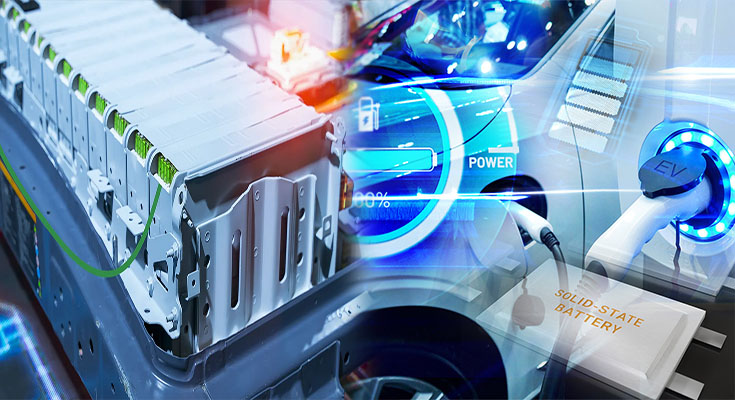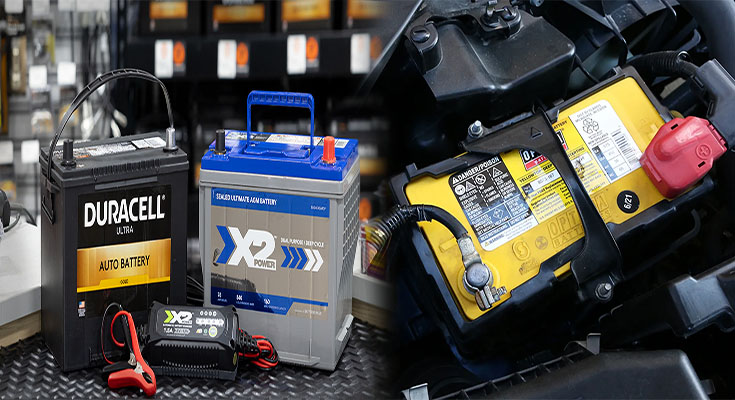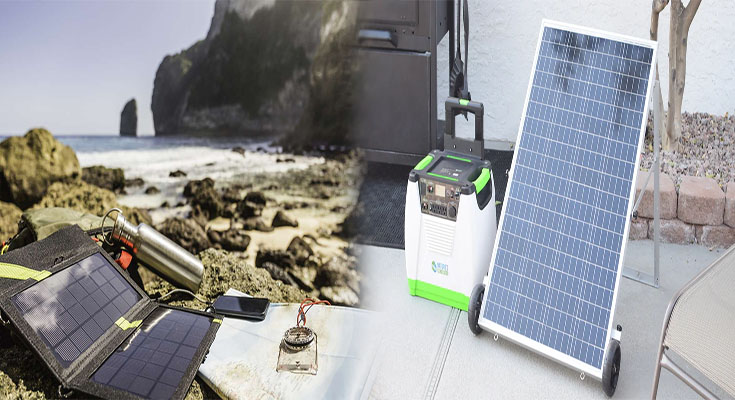
Responsive Web Design Best Practices for Front-End Development
In today’s digital landscape, ensuring that websites are accessible and visually appealing across various devices and screen sizes is crucial. Responsive web design has emerged as a fundamental approach to achieve this goal. This article will explore the best practices for front-end developers when implementing responsive web design.
1. Mobile-First Approach
A mobile-first approach involves designing and developing websites with mobile devices as the primary focus. This approach ensures that the site’s layout and functionality are optimized for small screens and limited bandwidth. By starting with the mobile version, front-end developers can build up to larger screens, enhancing the user experience across all devices.
2. Grid System
Utilizing a grid system provides a flexible and consistent structure for the website layout. CSS frameworks like Bootstrap and Foundation offer responsive grid systems that adapt to different screen sizes. This allows front-end developers to create responsive designs that dynamically adjust content placement …
Responsive Web Design Best Practices for Front-End Development Read More




